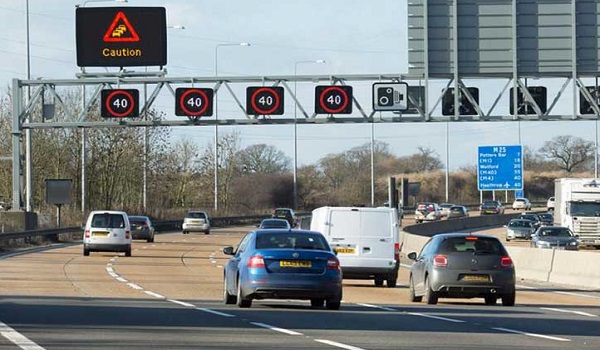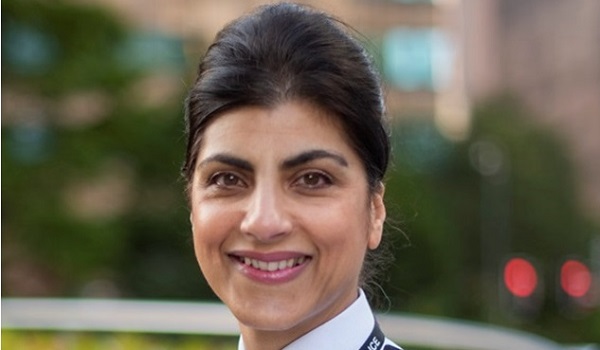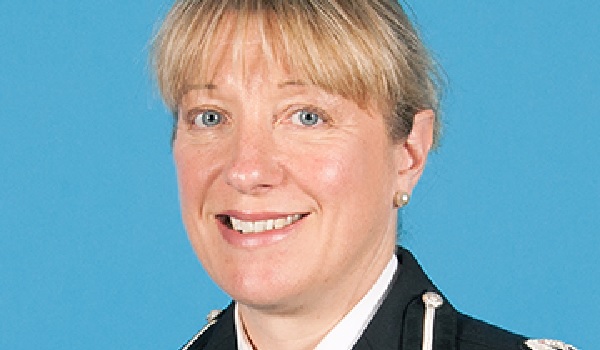Government pauses smart motorway roll-out amid safety concerns
The roll-out of ‘all-lane-running’ smart motorways is being paused amid safety concerns, the Government has announced, although critics say the move does not go far enough.
The Department for Transport on Wednesday (January 12) said it will halt the expansion of the motorways, where the hard shoulder is used as a permanent live traffic lane, until five years’ worth of data has been collected to assess whether or not they are safe for drivers.
The decision follows a recommendation by the Commons Transport Select Committee which said there was not enough safety and economic data to justify continuing with the project.
In a November 2 report, the committee described the Government’s decision in March 2020 that all future smart motorways would be all-lane-running versions as “premature”.
Concerns have been raised following fatal incidents involving broken-down vehicles being hit from behind due to a lack of a hard shoulder.
The Government has pledged to improve safety on existing all-lane-running motorways, but relatives of people who have died on the roads have urged ministers to go further by reinstating the hard shoulder.
Claire Mercer, who husband Jason died in a smart motorway collision near Sheffield in 2019, said the Government announcement was a missed opportunity.
Mrs Mercer, from Rotherham, told the PA news agency: “We have had review after review after review into smart motorways and never once have they turned off the first lane while they investigate them.
“Just turn off lane one and you’ve got your hard shoulder back. You just need to throw one switch at eight control centres and you’ve got your hard shoulder back immediately. They’d take lots more steps a lot more quickly if it was their loved ones that were being killed or maimed.”
Her comments were echoed by Conservative MP Sir Mike Penning who claims he was misled when he supported the roll-out of smart motorways in his role as roads minister from 2010-2012.
He said: “It seems illogical to me to decide to pause the roll-out of new all-lane-running (ALR) sections on the basis that more safety data is needed but to allow existing ALR sections to continue to operate. Surely, the existing sections should be rapidly reconfigured to keep the left-hand lane as a kind of hard shoulder.”
The Department for Transport said that for existing smart motorways and those already being built, extra emergency refuge areas and technology to identify stopped vehicles will be added where possible.
The department is committing £900 million to upgrade them, including £390 million to install 150 more emergency areas, representing around a 50 per cent increase in places for motorists to stop if they get into difficulty over the next three years.
Carriageways that will now not be turned into all-lane-running motorways, pending the five-year safety data review, include the M3 J9–14, the M40/M42 interchange, the M62 J20–25, and the M25 J10–16.
But work will continue on stretches that are already in construction, as they are more than half completed, the Government said, noting that stopping progress on them now would cause disruption for motorists.
Transport Secretary Grant Shapps said: “While our initial data shows that smart motorways are among the safest roads in the UK, it’s crucial that we go further to ensure people feel safer using them.
“Pausing schemes yet to start construction and making multi-million-pound improvements to existing schemes will give drivers confidence and provide the data we need to inform our next steps.”
The conversion of seven dynamic hard shoulder motorways, where the hard shoulder is open at busy times, to all-lane-running motorways is also being paused, while alternative ways of operating them are being examined.
The Government also agreed with recommendations that emergency refuge areas should be no more than 0.75 miles apart wherever physically possible.
In addition, it pledged to “revisit the case” for installing controlled smart motorways which have a permanent hard shoulder and use technology to regulate the speed and flow of traffic instead of all-lane-running versions.
Tory MP Huw Merriman, who chairs the Commons Transport Select Committee, said: “It was clear to our committee that the public needs more reassurance that these motorways are safe to use.
“With conflicting and patchy evidence covering a limited number of years, more time was required to properly assess the impact on safety.
“By accepting our recommendation to pause the roll-out of smart motorways, the Government will have the weight of evidence to assist planning for future road building design.
“It is important that this extra time is not just spent on evaluation, it must be focused on making smart motorways safer. The existing network of smart motorways must be improved to deliver more emergency refuge areas and better technology to close live lanes and reduce the risk for stranded motorists. The addition of £390 million is a welcome statement of intent.”
RAC head of roads policy Nicholas Lyes said: “This watershed decision is an unqualified victory for drivers, many of whom have deeply held concerns over the safety of motorways where the hard shoulder is permanently removed. Rather than ploughing on regardless in the face of mounting public opposition, we’re pleased the Government has finally hit the pause button and given itself time to fully consider the safety of these schemes, and the way our motorways are adapted to increase capacity from now on.
“We have long argued that dynamic hard shoulder and controlled motorway schemes – both of which feature a hard shoulder in some form – should be considered given their good safety record and it’s important these options are on the table. A further commitment to install an additional 150 refuge areas on existing schemes to bring them all up to the same standard is positive news and should go some way towards reassuring drivers worried about reaching one in an emergency.
“The safety of our motorway network is paramount and no policy decisions should ever risk making our fastest roads less safe. Today’s decision to review a full five years of all the safety data and to look at all possible options with a fresh perspective should ensure our motorways can accommodate increased traffic volumes safely and – just as importantly – that the drivers using them feel safe doing so.”
Smart motorways were first introduced in England in 2014 as a cheaper way of increasing capacity compared with widening carriageways.
There are about 375 miles of smart motorway in England, including 235 miles without a hard shoulder.







